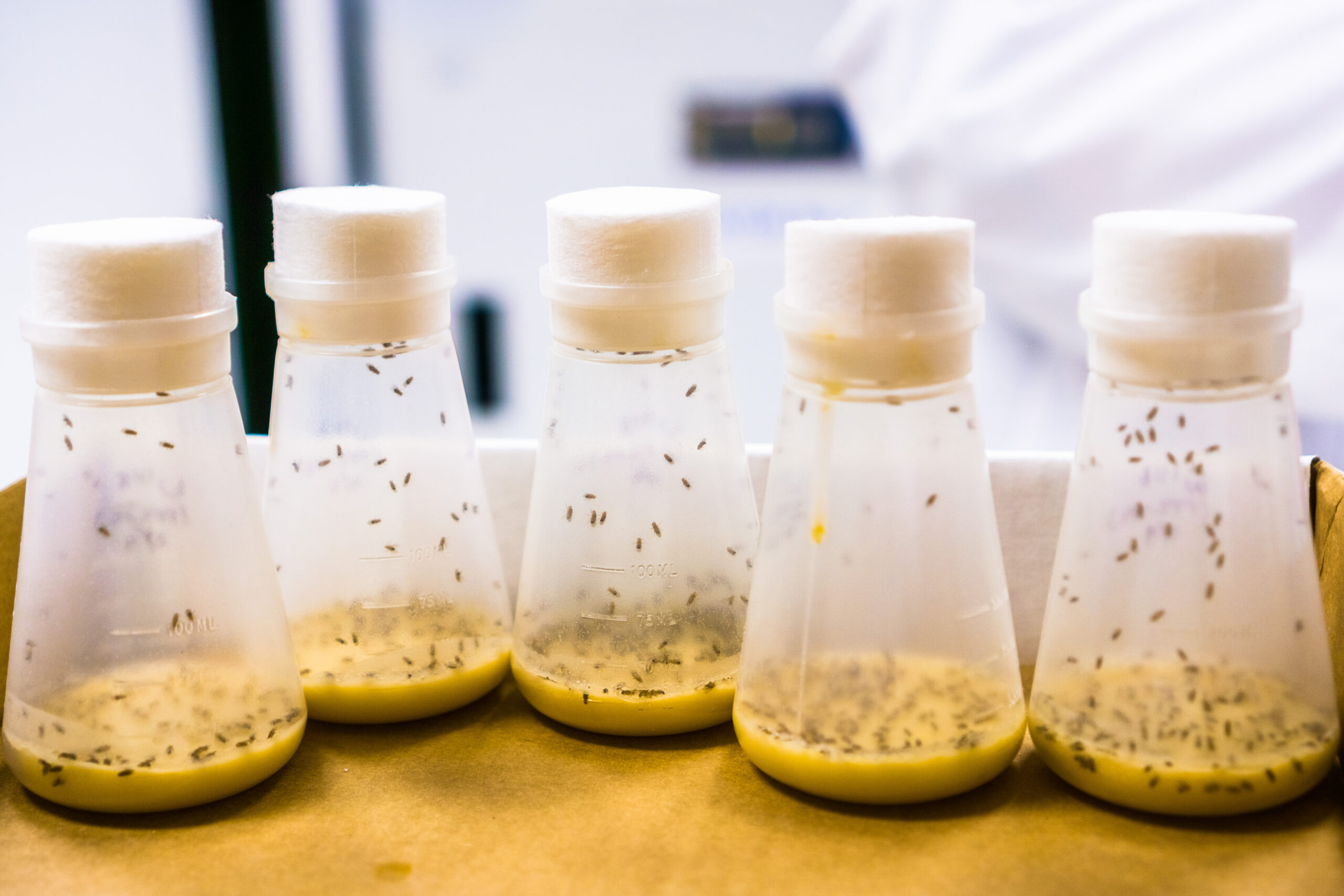Have you ever wondered why scientists used mice to study the efficacy of preliminary COVID-19 vaccines? Or why some scientists use fruit flies to study the effects of sleep deprivation? These are important questions that scientists have to thoroughly consider before proposing experiments using animals in their research. Animals have been used for the purpose of scientific research for thousands of years. In the modern day, animal models have been built to be more consistent, and contain a wide array of behavioral and biological tools. To explore this topic, what an animal model is, how they are used in research, and why they can benefit our understanding of biology and disease must first be identified.
An animal model simply refers to the use of non-human species in any form of medical or biological research. For instance, if you were a scientist that wanted to look into the effects of a specific metabolic pathway on the progression of cancer, you might want to use mice or rats in order to fully understand this, especially as these sorts of experiments are not only ethically impossible in humans but also would be much more complicated to design. Such common animal models range from mice to fruit flies to yeast.
Rats are one of the most commonly used animal models in research.
Image Source: Inga Kjer
Within these animal models, researchers can use certain methods to breed animals with specific traits or genetic backgrounds. One example is the use of calcium indicators (GCAMPs). GCAMPs cause calcium in the body to appear fluorescent green under microscopes so that scientists can run different experiments and image a specific area to see how calcium concentration changes under different conditions. This is a very common technique in systems neuroscience, but also in other fields. For instance, in neuroscience, GCAMPs are used as a proxy for neuronal activation because calcium concentration changes when this process occurs.
Even though most of the animals used in scientific research seem to be extremely different from humans, many of the underlying biological processes throughout the body are very similar, and the use of animals allows scientists to observe things that cannot physically be seen in humans. For example, animal models have been extremely useful for drug development, where scientists can study both small and large scale mechanisms to identify drug targets and test drug effects throughout the body. Once these drugs are proven to be effective and safe, researchers can begin testing them on humans. The contribution and sacrifice of animals should not be taken lightly; however, it is without a doubt that animals have contributed to improving and saving lives around the world.
Featured Image Source: Sundry Photography










